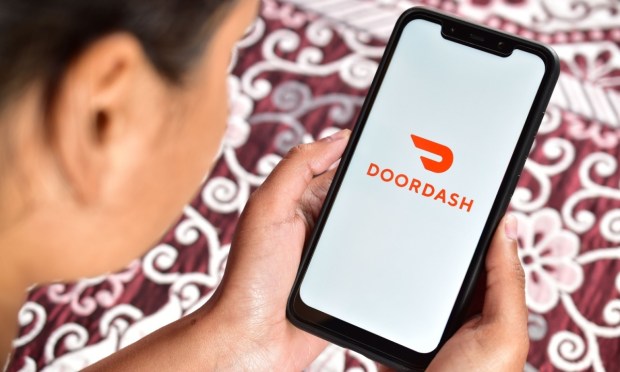
As DoorDash aims to shift its focus from just restaurant delivery to on-demand fulfillment overall, the aggregator is expanding its beauty selection to drive adoption of its non-consumable offerings.
In an interview with PYMNTS, Fuad Hannon, the aggregator’s vice president of new verticals, noted that the category is a valuable one because it opens a significant amount of last-minute purchasing occasions.
“Consumers come to us today for a need-it-now use case. ‘I’m out of mascara. I’m out of lipstick. How can I get it delivered?’ And the core of DoorDash’s platform has been an on-demand 30-minute deliver,” Hannon said. “… We’re really excited about what beauty offers our consumers in terms of beginning to think about DoorDash for not just consumption categories like grocery or alcohol or restaurants, but increasingly non-consumption categories.”
On Monday (March 18), the aggregator announced the addition of a range of beauty merchants to its platform, partnering with Sally Beauty and MAC Cosmetics and expanding its existing partnership with Sephora.
Hannon highlighted past positive reception from beauty customers, noting that this serves as a valuable category to help lay the groundwork for future expansions across diverse retail verticals.
“If we look at some of the things that consumers are searching most frequently, are getting added on to their delivery most frequently, it is certainly beauty items,” Hannon said.
Indeed, research has found that beauty customers tend to be disproportionately stepping up their digital engagement.
PYMNTS Intelligence’s study last year “Tracking the Digital Payments Takeover: Catching the Coming eCommerce Wave,” created in collaboration with Amazon Web Services, found that 39% of consumers were highly likely to increase their online purchases of health and beauty products in the next year — a greater share than said the same of any other kind of purchase.
Plus, the 2023 PYMNTS Intelligence study “Changes in Grocery Shopping Habits and Perception” found that roughly half of all shoppers are buying personal and healthcare products in stores less often.
DoorDash, for its part, is leveraging its existing restaurant delivery audience to drive adoption of beauty and other last-minute categories. For instance, the aggregator is utilizing its DoubleDash feature, which enables consumers to tack non-food items from other merchants to their restaurant orders, to encourage consumers to engage with other verticals.
“Over 20% of our consumers are multi-category shoppers,” Hannon noted. “If you think about what we’ve been doing over the last three, four years as we’ve taken DoorDash from being a restaurant delivery platform to being a local commerce app.”
As DoorDash continues its retail expansion, Hannon emphasized the ongoing need to enhance selection, optimize the shopping experience, and refine fulfillment processes.
For instance, the aggregator is looking to improve its search capabilities across its tens of thousands of SKUs, training the platform to understand, say, that a consumer searching for a medicine ball is not looking for medicine. Part of this process is based on personalization leveraging consumer data.
“If you and I search for the exact same terms, you might have a different set of search results, because you’ve engaged with the app in different ways or you bought certain categories that I haven’t bought, or vice versa,” he explained. “There’s been a lot of work that we’ve done to enable that. … We’ve got years and years of work ahead of us … in order to make DoorDash really feel natural across any category.”